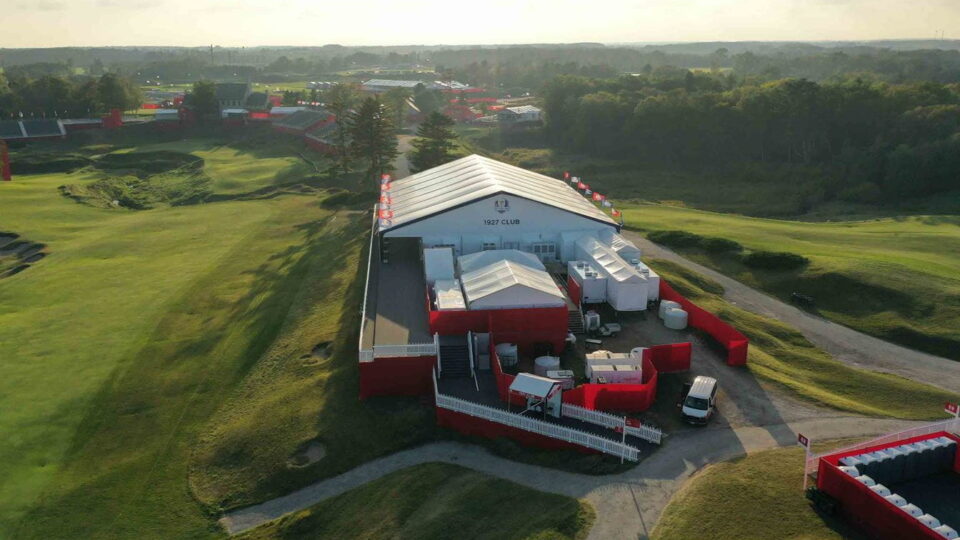Powering a world-class event
The Ryder Cup, the biggest team event in golf, takes place over 3 days. Around 50,000 spectators attend each day. With over 100 tents and facilities at the event, the organizers needed a provider who could meet all of the power, heating, and cooling requirements to ensure it ran smoothly.
These facilities included grandstands, catering and hospitality, giant video screens, operations buildings, the PGA Championship Golf Shop, the International Pavilion, and the opening and closing ceremonies. They also wanted to show that the Ryder Cup can be a responsibly run, sustainable event. So it was critical for the carbon footprint and greenhouse gas emissions to be minimized despite the huge amounts of power required.




A large-scale solution
Over a period of 2.5 months, we installed and operated 100 generators providing 23,000 kW of electricity, 4 x 30 kW batteries, and over 65 miles of cable. The layout of the site meant that there was physically no space to put equipment around some of the tents. To overcome this, we installed all our HVAC and electrical equipment underneath the floor and then air conditioned the tents from the ground up.
To reduce carbon emissions in the lead-up to the event, we deployed a 20 kW propane generator in place of a standard diesel model to power the Ryder Cup offices. Additionally, LED light balloons were used instead of traditional light towers to further reduce the carbon footprint.
A successful sustainable event
The 43rd Ryder Cup was a hugely successful event (particularly for the American team!) The 20 Aggreko staff onsite ensured that all our equipment ran without a hitch and that spectators had a great time throughout.
Our innovations with the propane generator and light balloons reduced carbon emissions by around 180 metric tons and cut fuel costs by 30%. And the use of batteries during the daytime not only reduced carbon emissions by a further 24 metric tons but also kept noise levels to a minimum giving spectators the best possible experience.
